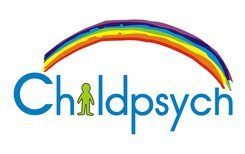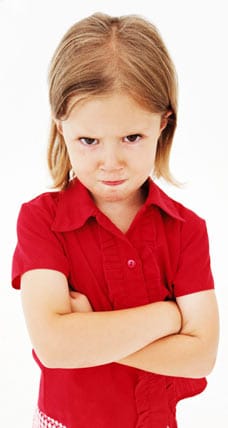Young children are often caught unaware by their own feelings of anger and frustration. They don’t fully understand what came over them in their fit of rage and may feel agitated and confused (and sometimes a little guilty) by their own behaviour.
Here are some tips on helping your little one deal with his anger outbursts:
1. Give it a name. Young children are unable to identify their emotions and will need adult guidance in this regard. Tell your child you sometimes feel angry / scared / happy / sad / disappointed / surprised / etc and talk to him about the things that make you feel this way. Together you can mime the different facial expressions and gestures that are associated with these emotions and chat to him about the physiological sign that you notice in him when he is feeling a certain way. Say something like: When I get angry my my ears feel hot and I can feel my face go red, I can see your face also gets red when you’re angry. Also be on the look out for a change in his emotions and point this out to him by saying something like: I can see you feel a little disappointed about the puppet show being cancelled.
2. Let him know it’s okay. Parents and teachers are often guilty of labeling positive emotions such as happiness and excitement as “good” and negative emotions such as anger and fear as “bad”. We will inadvertently say things like: Don’t get angry … or: You shouldn’t feel sad.. Tell your child that’s it is okay to be angry and sad and scared and tell them that you also sometimes feel this way.
3. Accept the feeling but not the behaviour. Explain that feeling angry is fine but name calling, hurting himself or others and breaking his or others’ belongings is not.
4. Help him find acceptable behaviour. Explain that it is very important to release this pent-up energy and frustration – I’ll often tell little kids that it is important to get these yucky feeling “out”. Some ways to get these feelings out are to: scream into a pillow, exercise, punch a punching bag, talk to someone about it, paint, tear newspaper, squash a ball of play dough in your fingers, etc. Ask your child to think up some of his own ways in which to get these feelings “out”. Make a poster with pictures of these activities on it and put it up somewhere he will see it often. This will help these strategies come to mind when he is feeling overwhelmed by his emotions.
5. Monitor his reactions. Whenever possibly, try to prevent anger outbursts by keeping a watchful eye for feelings of frustration and anger. When you see the signs of agitation suggest an activity to get this feeling “out”. After a few successful interventions your child will hopefully learn to employ these strategies of his own accord.
Teaching your children anger management skills not only contributes to the experience of harmony in your home, but also empowers them and teaches them skills for coping independently later in life.

